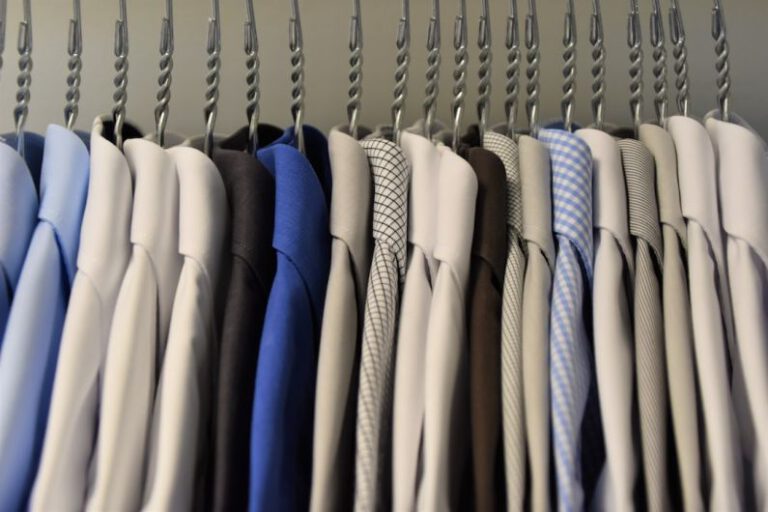The Best Conditions for Preserving Fabric Integrity
Fabric is a valuable material that requires proper care to maintain its integrity. Whether it’s your favorite dress, a cozy blanket, or a treasured family heirloom, preserving fabric integrity is essential for longevity and aesthetic appeal. To achieve this, it’s crucial to understand the best conditions for fabric preservation. In this article, we will explore the key factors that contribute to maintaining fabric integrity.
1. Temperature Control
Temperature plays a significant role in fabric preservation. Extreme heat or cold can cause damage to fabric fibers, leading to fading, shrinkage, or even disintegration. It is best to store fabrics in a temperature-controlled environment, ideally between 65 to 75 degrees Fahrenheit (18 to 24 degrees Celsius). Avoid exposing fabrics to direct sunlight or placing them near radiators, as these can lead to discoloration and accelerated wear.
2. Humidity Levels
Humidity is another critical factor to consider when preserving fabric integrity. Excessive moisture can promote mold and mildew growth, while excessively dry conditions can cause fabrics to become brittle and prone to tearing. Aim for a relative humidity level of 45% to 55% to maintain optimal fabric condition. Using a dehumidifier or humidifier can help achieve the desired humidity range, depending on your climate.
3. Ventilation
Proper ventilation is crucial in preventing the buildup of dust, odors, and pollutants that can negatively impact fabric integrity. Ensure that the storage area has adequate airflow by opening windows or using fans. Avoid storing fabrics in airtight containers, as this can trap moisture and promote the growth of mold and mildew. Instead, opt for breathable storage options such as cotton or linen bags.
4. Clean and Dry Storage Space
Before storing fabric, it is essential to ensure that the storage space is clean and dry. Any dirt or stains left on the fabric can become permanent over time, compromising its integrity. Clean fabrics thoroughly, following the manufacturer’s instructions, and allow them to dry completely before storing. Additionally, make sure that the storage area is free from pests such as moths, as they can cause irreparable damage to fabrics.
5. Proper Folding and Hanging Techniques
How you store fabric can significantly impact its longevity. Improper folding or hanging techniques can lead to creases, stretching, or distortion of the fabric. For delicate fabrics, such as silk or lace, it is best to fold them carefully, using acid-free tissue paper to prevent creasing. Heavier fabrics, such as wool or denim, can be hung on padded hangers to maintain their shape.
6. Avoid Excessive Handling
Excessive handling of fabric can contribute to its deterioration over time. The oils and dirt on our hands can transfer onto the fabric, leading to discoloration and weakening of the fibers. When handling fabric, it is advisable to wash and dry your hands thoroughly to remove any residues. Additionally, avoid unnecessary touching or rubbing of the fabric to minimize wear and tear.
Preserving Fabric Integrity: A Lasting Legacy
By following the best conditions for preserving fabric integrity, you can ensure that your cherished fabrics remain in excellent condition for years to come. Controlling temperature and humidity levels, maintaining proper ventilation, and storing fabrics in clean and dry spaces are essential practices. Additionally, adopting proper folding and hanging techniques, as well as minimizing excessive handling, will further contribute to fabric preservation.
Remember, each fabric is unique, and it is crucial to consider the specific care instructions provided by the manufacturer. By taking the necessary precautions and implementing these best practices, you can enjoy your fabrics for generations, preserving their beauty and sentimental value.






